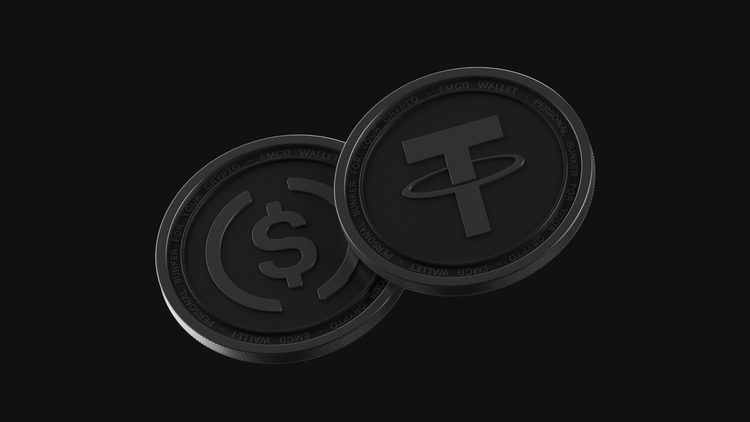How to calculate APY on ETH

Understanding how to calculate APY on ETH helps anyone staking Ethereum estimate real outcomes instead of relying on headline numbers. Annual percentage yield (APY) shows how much your ETH balance can grow over time when compounding is applied. Unlike holding ETH in a wallet, staking generates rewards from validating the network. The final result depends on validator performance, compounding, and platform settings.
What is APY (annual percentage yield)
APY, or annual percentage yield, measures the growth of a balance including reinvested rewards. This differs from a flat interest rate because it compounds results. For ETH holders, APY shows not just the base staking reward but how frequent payouts build up over a year.
Difference between APY and APR
APR is a simple percentage that does not include compounding. APY adds the effect of reinvestment, so the actual figure is slightly higher. For example, if an ETH validator advertises 5% APR, with daily compounding the effective APY becomes about 5.13%. That gap matters when projecting results over several years or across large holdings.
Formula for calculating APY
The standard APY formula is:
APY = (1 + r/n)ⁿ – 1
Where:
- r = annual interest rate in decimals
- n = number of compounding periods per year
This formula helps ETH stakers see how validator rewards and compounding interact.
Example: calculating APY on ETH with daily compounding
Suppose ETH staking offers a 4.5% APR with daily payouts.
- r = 0.045
- n = 365
APY = (1 + 0.045/365)³⁶⁵ – 1 ≈ 4.59%
The difference looks small, but across 10 ETH it equals 0.459 ETH per year instead of 0.45 ETH with flat APR. Over multiple years, compounding multiplies the effect. This shows how much even a slight change in rates can influence long-term growth.
How compounding frequency affects ETH APY
Frequency of accrual matters:
- Annual compounding – lowest effect, APR ≈ APY
- Monthly compounding – better, but less precise
- Daily compounding – common for ETH pools, higher effective yield
- Continuous compounding – theoretical, rarely used in real staking
Table: effect of compounding on APY for 4.5% APR
| Compounding | Resulting APY |
| Annual | 4.50% |
| Monthly | 4.58% |
| Daily | 4.59% |
This is why results in an eth staking rewards calculator may differ slightly between platforms even if they list the same APR.
Tools and platforms that help calculate ETH APY
Manual calculation works, but most people prefer tools. An ETH DeFi APY calculator includes variables like validator fees, inflation, and bonus rewards. Popular options are:
- Staking Rewards ETH calculator
- Blocknative ETH calculator
- Everstake ETH calculator
For DeFi users, decentralized dashboards sometimes integrate APY projections directly into liquidity pools. These DeFi calculators can help you compare multiple strategies side by side.
Integrated ecosystems also help. EMCD Coinhold, for example, lets users monitor ETH accruals directly in the wallet. Instead of manual formulas, the app shows daily breakdowns in real time. Since Coinhold is linked with EMCD Wallet and P2P exchange, you can easily acquire ETH, project APY scenarios, and track compounding rewards seamlessly.
Common mistakes when calculating ETH APY
- Treating APR and APY as the same
- Ignoring validator or pool fees
- Forgetting about compounding schedules
- Assuming advertised APY is guaranteed — it depends on network conditions
- Not considering DeFi-specific risks, such as protocol changes or liquidity issues
Final thoughts
For anyone asking how much can you earn staking ETH, the answer is: it depends on validator performance, compounding, and platform fees. APY is a tool for comparison, not a fixed promise. Using calculators and checking daily accruals ensures realistic planning. Platforms like EMCD simplify the process with transparent breakdowns, helping ETH holders see exactly how rewards grow over time. In crypto, the best approach is to compare, calculate, and choose the option that works for your goals.
FAQ
What is the formula for calculating APY on ETH?
APY = (1 + r/n)ⁿ – 1, where r is annual rate and n compounding periods.
How does APY differ from APR when staking ETH?
APR excludes compounding; APY includes it, making the final figure slightly higher.
Does compounding apply to ETH staking rewards?
Yes, daily restaking can boost effective yield above the flat APR.
What factors influence the APY on Ethereum staking?
Network conditions, validator fees, compounding frequency, and platform policies.
Can I calculate ETH APY manually without tools?
Yes, though using the formula takes more time. Online calculators reduce mistakes.
Which platforms currently offer the best APY for ETH staking?
Rates vary. Tools like Staking Rewards compare validators, while EMCD Coinhold shows real APY directly in the wallet with daily accruals.




